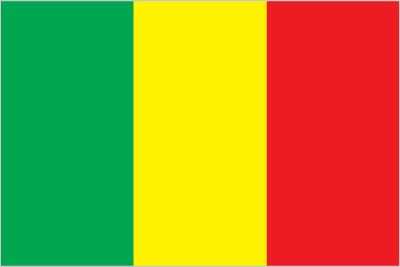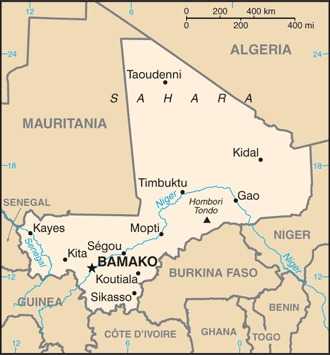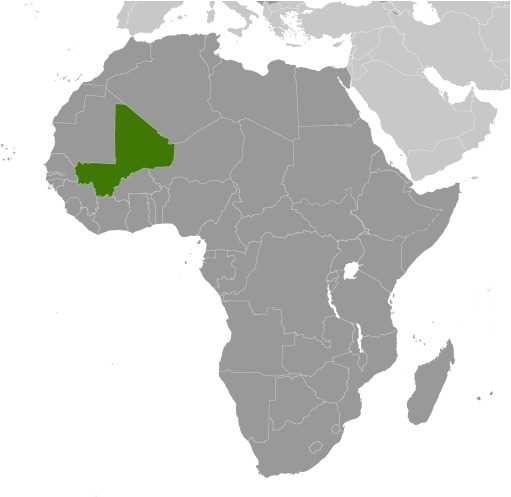Introduction
Visit the Definitions and Notes page to view a description of each topic.
Geography
People and Society
Population
comparison rankings: total 60; male 60; female 61
Median age
comparison ranking: total 226
Population growth rate
comparison ranking: 9
Birth rate
comparison ranking: 4
Death rate
comparison ranking: 86
Net migration rate
comparison ranking: 177
Maternal mortality ratio
comparison ranking: 17
Infant mortality rate
comparison ranking: total 10
Life expectancy at birth
comparison ranking: total population 211
Total fertility rate
comparison ranking: 4
Obesity - adult prevalence rate
comparison ranking: 150
Alcohol consumption per capita
comparison ranking: total 159
Tobacco use
comparison ranking: total 151
Children under the age of 5 years underweight
comparison ranking: 33
Education expenditure
comparison ranking: Education expenditure (% GDP) 99
Environment
Carbon dioxide emissions
comparison ranking: total emissions 125
Government
Economy
Real GDP (purchasing power parity)
comparison ranking: 111
Real GDP growth rate
comparison ranking: 40
Real GDP per capita
comparison ranking: 197
Inflation rate (consumer prices)
comparison ranking: 102
GDP - composition, by sector of origin
comparison rankings: agriculture 9; industry 112; services 200
Industrial production growth rate
comparison ranking: 162
Labor force
comparison ranking: 59
Unemployment rate
comparison ranking: 41
Youth unemployment rate (ages 15-24)
comparison ranking: total 169
Gini Index coefficient - distribution of family income
comparison ranking: 70
Taxes and other revenues
comparison ranking: 116
Current account balance
comparison ranking: 141
Debt - external
comparison ranking: 75
Energy
Electricity
comparison rankings: installed generating capacity 130; consumption 133; exports 73; imports 80; transmission/distribution losses 72
Energy consumption per capita
comparison ranking: 172
Communications
Telephones - fixed lines
comparison ranking: total subscriptions 107
Telephones - mobile cellular
comparison ranking: total subscriptions 52
Broadband - fixed subscriptions
comparison ranking: total 124




